Israel-Hamas War: What happened on day 96?
War cabinet discusses Qatari proposal for Gaza • IDF takes over key south Gaza village • Gantz: Gaza Strip 'effectively' free of Hamas rule
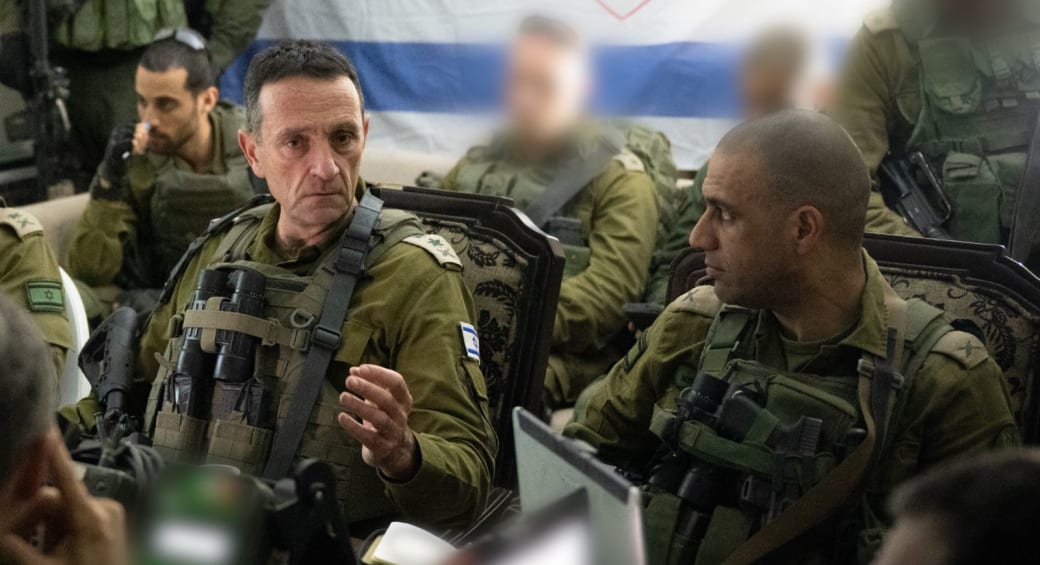
Israel's Knesset to cut NIS 121 million from budget for war efforts
Knesset Speaker Amir Ohana informed Finance Minister Bezalel Smotrich on Wednesday that the Knesset will cut some NIS 121 million from its 2024 budget for the benefit of the war effort, which will join the amount of NIS 80 million already cut at the beginning of the war, making it a total of NIS 201 million.
Go to the full article >>How Hamas kept October 7 attack secret – report
Only 5 leaders knew everything – Haniyeh was not 1 of them.
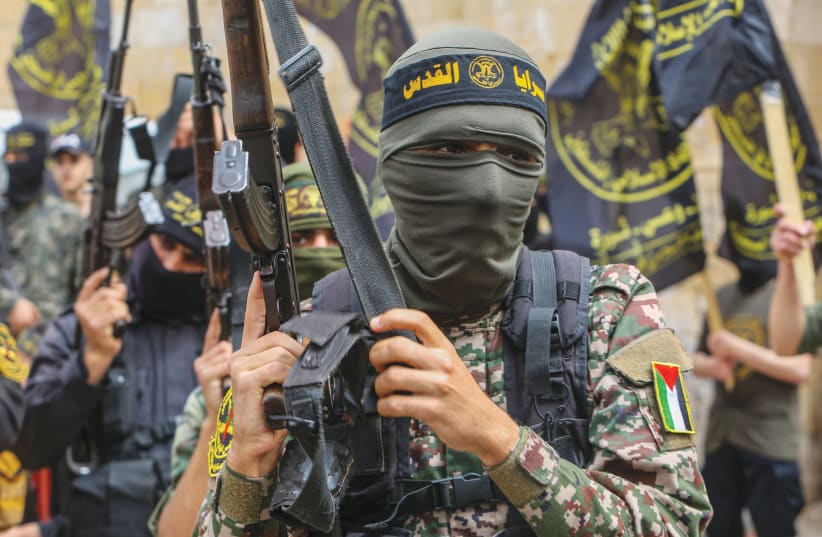
Only five Hamas leaders knew the full scope of the October 7 invasion plan, and they only made the final decision to attack on that Saturday the day before, according to a new report in Asharq Al-Awsat.
The report, which said it was based on Palestinian sources closely associated with the leadership of the Al-Qassam Brigades, stated that the decision and timing of the attack were reportedly made by only five individuals: Yahya Sinwar, Hamas leader in Gaza; Muhammed Deif, leader of the Al-Qassam Brigades, Muhammed Sinwar (Yahya’s brother), Rouhi Mushtaha, a Hamas leader close to Sinwar, and Ayman Nofal, a close associate of Deif and former head of Al-Qassam Brigades’ intelligence, assassinated by Israel on October 17.
Surprisingly, the list did not include Hamas leader Ismail Haniyeh, Hamas deputy leader Saleh al-Arouri (recently allegedly assassinated by Israel), or Marwan Issa, considered a key part of Hamas’s internal triumvirate within Gaza currently running its war and hostage efforts.
The surprise attack launched by Hamas resulted in the brutal murders of over 1,200 Israelis, mostly civilians, and the abduction of around 240 Israelis, while Hamas initially took over 22 Israeli villages and the IDF’s forward southern command base at Reim.
According to the report, what it calls “The Al-Aqsa Flood operation” began with just 70 fighters, launching a surprise attack along the entire Gaza Strip border, from north to south.
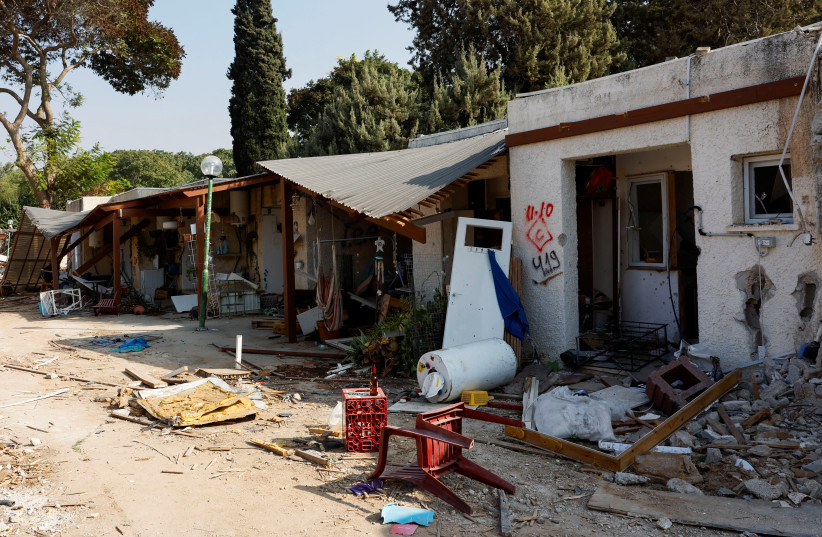
These 70 crossed the Israeli border by strategically exploding prepared explosives to breach the thick walls of the Gaza-Israel barrier.
Next, they used motorized hang gliders and parachutes to position fighters behind, above, and around Israeli sites.
The plan for the attack is dated back to 2014
According to the report, those involved in the operation were selected from Hamas’s elite units across various areas in Gaza, having undergone extensive training over the years – without knowing exactly what they were training for.
In fact, the report claims that the plan to invade Israel is not new but dated back to before the 2014 Gaza conflict and was revisited and updated after the 2021 Gaza conflict.
After receiving confidential training, elite members pledged secrecy about their special training and refrained from discussing plans, while at the same time, they still did not even know the timing or full scope of the plans.
Their training was especially focused on infiltrating Jewish villages in the South.
Further, the report said that even many senior Hamas field commanders' areas were unaware of attack details or plans, although some had limited information, to the extent that information was relevant to their specific tasks.
All this extreme secrecy was targeted at preventing leaks to Israeli intelligence, said the report.
Although the IDF did discover aspects of the plans, it did not discover the seriousness of the plans and discounted them as a Hamas “pipedream,” and not something which actually needed to be countered.
If the report is correct, part of why Israeli intelligence likely discounted the scenario is because it had existed since 2014 and had never been carried out.
According to the report, the five top leaders informed Al-Qassam Brigades’ unit leaders about the preparations and the attack plan about three days before, signaling something was more likely afoot, but even then, they did not decide or mention their thoughts on the exact timing.
At this point, field commanders started to more carefully prepare their selected forces, though the timing of the attack was still unknown.
Around this time, the report said that Ayman Siyam, the leader of the Gaza rocket unit (also assassinated by the IDF), was finally very belatedly brought into the loop and received instructions to be ready to launch hundreds of rockets simultaneously with the attack.
Ultimately, Hamas fired over 3,000 rockets in the first four hours of the war.
When October 7 was selected by the panel of five, it was based on real-time reports of a sleepy clam descending on the borders, said the report.
Only on October 6, the day before, noted the report, did the panel of five decide on Saturday morning as the time when the IDF’s guard would be at its lowest due to the Simchat Torah holiday.
Carrying out the plan
At midnight that night, they finally gave the order to move into position to take action, the report recounted.
Hamas field commanders and elite forces received instructions and moved into position in the early morning hours, marking the start of the operation.
According to the report, a wider group of Hamas leaders received a briefing just hours before the operation, instructing them to go into hiding in preparation for a likely intense IDF response. This was the first time that Haniyeh and Arouri were given more specific details.
Originally, the report said that Hamas’s plan was just to capture as many soldiers as possible on the border and possibly to get into some villages.
But the report said that Hamas was surprised at how quickly Israeli defenses crumbled and, in real-time, around 90 minutes into the attack, ordered additional waves of forces to take greater advantage of the breach in Israeli security to get into more villages.
Even later, Hamas told Islamic Jihad and other terror groups about the attack and gave them specific tasks to join in at specific villages.
Later, the report said that Hamas also encouraged less trained groups of militia-style fighters to join the fray.
However, the focus of Hamas’s operation remained to kidnap as many Israelis as possible, and the rest of the attacks were designed to give cover for that goal, the report said.
Go to the full article >>WATCH: IDF exposes further Hamas exploitation of civilian areas
During the operations on the military targets, the soldiers located a UAV launch post and a loaded rifle underneath a child’s bed.
IDF Soldiers of the 55th Brigade have uncovered Hamas equipment and proof of exploitation of civilian areas in Khan Yunis, the IDF stated on Wednesday.
In the past few days, the 55th Brigade combat team has been operating to destroy terror infrastructure in Khan Yunis.
During the operations on the military targets, the soldiers located a UAV launch post and a loaded rifle underneath a child’s bed, along with grenades, magazines, Hamas uniforms, and extensive intelligence materials inside the residences of terrorist operatives.
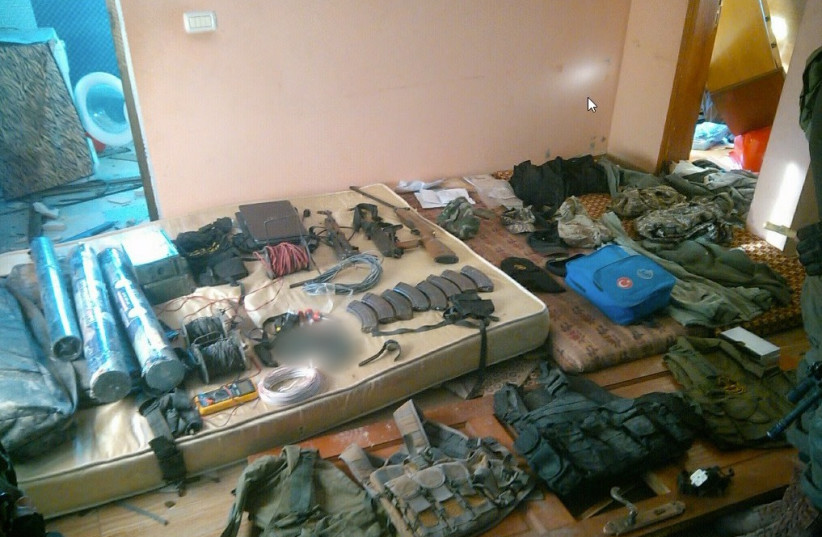
Tunnel shaft near a school
Over the course of the brigade's activities, the soldiers also found a tunnel shaft near a school, a rocket launcher near a kindergarten, and a training compound near a mosque.
Using fighter jets, the brigade struck four buildings used as terror infrastructure, including a Hamas command and control center and three buildings that were identified as housing terrorists
Go to the full article >>Blinken meets Palestinian leader Abbas in West Bank

US Secretary of State Antony Blinken met Palestinian Authority (PA) President Mahmoud Abbas in the West Bank on Wednesday after pressing Israel's leaders to offer a pathway to a Palestinian state.
Blinken crossed Israeli checkpoints to reach Ramallah, according to pool reporters who traveled with the US top diplomat.
The visit came a day after talks on Tuesday with Israeli Prime Minister Benjamin Netanyahu and his war cabinet over Israel's war with Hamas, regional tensions, and the future of the Israeli-Palestinian conflict.
Blinken would discuss with Abbas the PA’s responsibility to reform itself and improve its governance, he said in a news conference on Tuesday evening, reflecting Washington’s view that Abbas, 88, needs to overhaul the organization in preparation to govern a post-war Gaza.
Blinken came to Israel after visiting Washington's Arab allies, who he said want closer relations with Israel but only if that included a "practical pathway" to a Palestinian state.
Go to the full article >>IDF, Shin Bet, Border Police map terrorist's house, arrest suspects
Over 100 explosives were found overnight in Jenin in the Yehuda region.
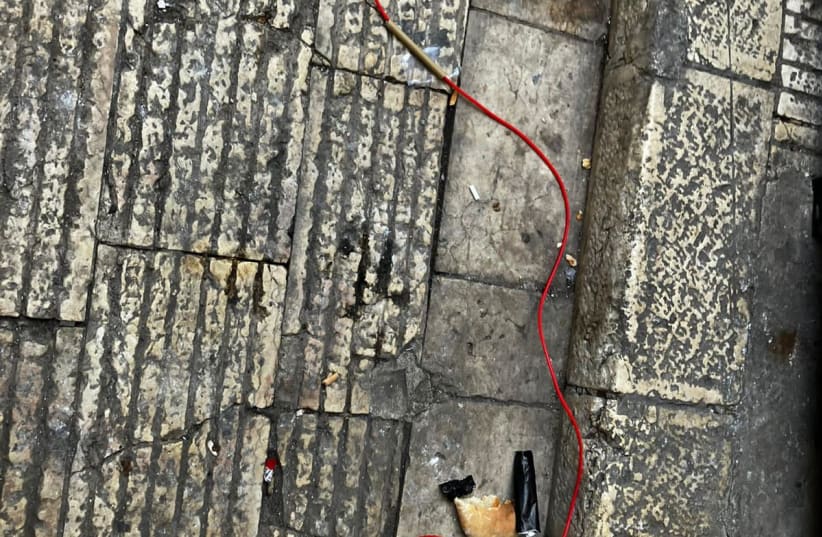
The IDF, the Shin Bet, and the Border Police arrested 14 suspects and interrogated several others overnight between Tuesday and Wednesday. In addition, security forces mapped the home of one of the terrorists who carried out the shooting attack at the British Police Junction on Sunday.
The house, located in the Atara village, belonged to one of the terrorists who shot and killed an Israeli Arab man from Beit Hanina in Jerusalem.
In addition, 14 suspects altogether were arrested overnight. Two of them were arrested in the Samaria region by IDF reservists, who additionally interviewed other suspects and confiscated weapons, ammunition, and military equipment.
Clashes occured overnight in the operation
Another two were arrested in Tarqumiyah in the Yehuda region, where approximately 100 ready-to-use explosives were destroyed.
The forces faced clashes during the overnight operation, including stone- and explosive-throwing. The forces responded with gunfire and noted that there were injuries inflicted on the opposing side.
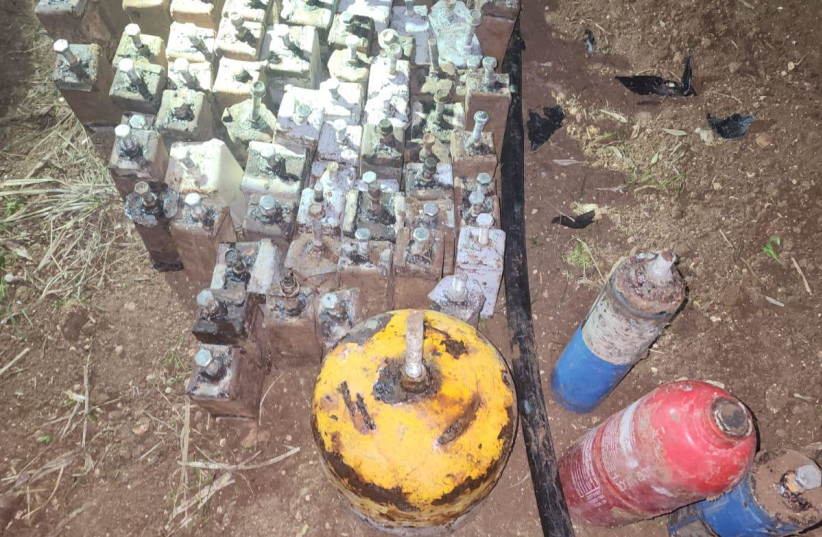
Approximately 80 explosives were found buried under roads in Jenin, where two additional suspects were arrested.
Funds intended to finance terrorists and terror operations were confiscated in the Dura village within Hebron as part of the operation, as well.
Go to the full article >>IDF strikes Hezbollah targets in Lebanon
IDF strikes Hezbollah targets in Lebanon

An IAF fighter jet attacked an area where terrorist infrastructure and a military structure belonging to Hezbollah were being built Wednesday morning, the IDF said.
In addition, on Tuesday night, an air force fighter jet attacked a military headquarters in the area of Kfar Shuba, Lebanon.
These attacks follow previous IDF attacks on Tuesday morning, where soldiers attacked a military building in the A-Nakura region where gunfire was detected towards the territory of the State of Israel.
Go to the full article >>Israel allegedly operating in foreign countries to prevent hostage smuggling

Israel conducted operations to prevent the smuggling of hostages from Gaza into Egypt, Israeli media sources reported on Wednesday, citing the Hezbollah-affiliated newspaper Al-Akhbar.
According to the report, Israel is conducting intelligence operations in Sudan, Libya, and Egypt.
This report follows pressure by the Israeli government on Egypt to crack down on suspected weapon smuggling by Hamas through the Philadelphi Route in Sinai
Go to the full article >>WATCH: IDF attacks 150 targets, uncovers weapons in Central Gaza
During a raid on military infrastructure in the area, soldiers located rocket launchers, missiles, unmanned aerial vehicles, and explosives.
The IDF's expanded activities in the central and southern parts of the Gaza Strip, including attacks on over 150 targets, the IDF spokesperson's unit stated on Wednesday morning.
According to the statement, IDF activity continued in the Al Ma'azi and Khan Yunis areas. During these operations, over 150 targets were attacked, during which terrorists were eliminated and weapons were discovered.
Ground forces continued operations in the Gaza Strip with the assistance and coordination of the air force and the navy.
A big find
In the Al Ma'azi area in the center of the Gaza Strip, soldiers from the Golani Brigade operated and directed air force aircraft to attack terrorists. The soldiers then continued to uncover over 15 underground tunnel shafts. During a raid on military infrastructure in the area, soldiers located rocket launchers, missiles, unmanned aerial vehicles, and explosives.
In addition, the soldiers destroyed a rocket production machine that was located in the adjacent area.
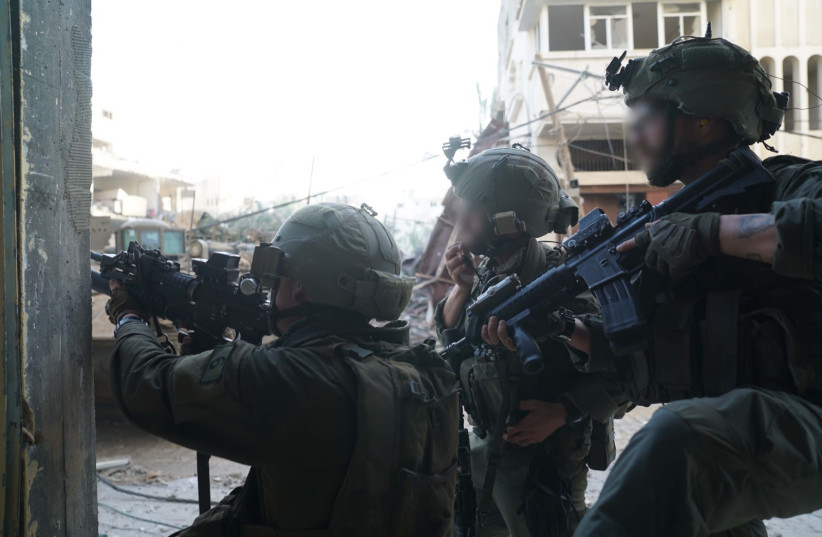
As part of the 98th Division's activity in the Khan Yunis region of the southern Gaza Strip, soldiers of the commando formation directed air force aircraft that attacked and eliminated over ten terrorists.
Eliminating a saboteur
In another operation in Khan Yunis, the fighters of the 4th Brigade's combat team identified a terrorist who had planted an explosive device in the area near the force's channel of movement.
The brigade successfully directed an air force aircraft that attacked and eliminated the terrorists.
Go to the full article >>UK deploys new ship to the Red Sea to combat Houthi attacks
Shapps warned that “The Houthis will bear (the) responsibility of the consequences should they ignore these warnings.”

The UK has deployed the HMS Richmond, a type 23 frigate, to the Gulf region to replace British vessels already patrolling the Red Sea on Friday, reported the UK Defense Journal.
UK Defense Secretary, Grant Shapps, has insisted that the Red Sea shipping crisis has not escalated in spite of plans to send a new warship to the region. He has said that both of the ships already deployed to the region will eventually need to be replaced.
The HMS Diamond and HMS Lancaster have both already been sent by the UK to the region to protect container ships from attacks by the Houthis, an Iran-backed terrorist organization in Yemen that has disrupted and attacked trade vessels trying to pass through the Red Sea for the last two months.
A US-led coalition, Operation Prosperity Guardian, has been protecting trade ships as they journey through the Red Sea and towards the Suez Canal and Europe.
The Houthis have been called to cease the attacks from the UK, the US, and numerous other coalition partners. Shapps emphasized that these attacks are having an impact on free trade.

Shapps warned that “The Houthis will bear (the) responsibility of the consequences should they ignore these warnings.”
Increasing number of sailors leaving the UK Navy
Shapps also responded to questions about whether an increasing number of sailors leaving the UK Navy would impact the UK’s ability to carry out maritime operations, saying that it is not a significant concern.
In the Commons, shadow defense secretary John Healey said, “He has announced today but hasn’t mentioned to the House that HMS Richmond is now sailing to the Gulf. In light of these escalating tensions, what other Royal Navy ships has he put on standby for the region?”
The Scottish National Party defense spokesman Martin Docherty-Hughes said that he agrees with the Government taking steps to support the coalition but asked, “I wonder if he can advise the House how sustainable this and future joint operations will be when we have seen an increasing number of sailors leave the service, and have seen the intake to replace them in the last year to March 2023 plunge by 22.1%?”
Shapps stated that is confident the Navy will be able to carry out its operations regardless.
Go to the full article >>Israel-Hamas War: What you need to know
- Hamas launched a massive attack on October 7, with thousands of terrorists infiltrating from the Gaza border and taking some 240 hostages into Gaza
- Over 1,200 Israelis and foreign nationals were murdered, including over 350 in the Re'im music festival and hundreds of Israeli civilians across Gaza border communities